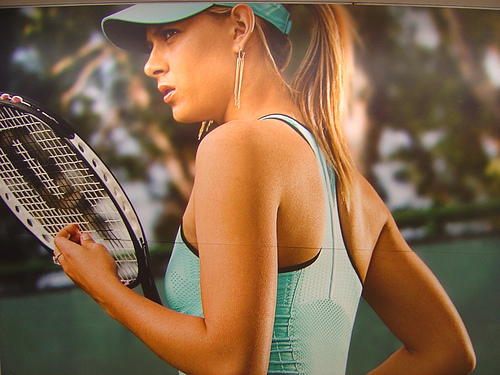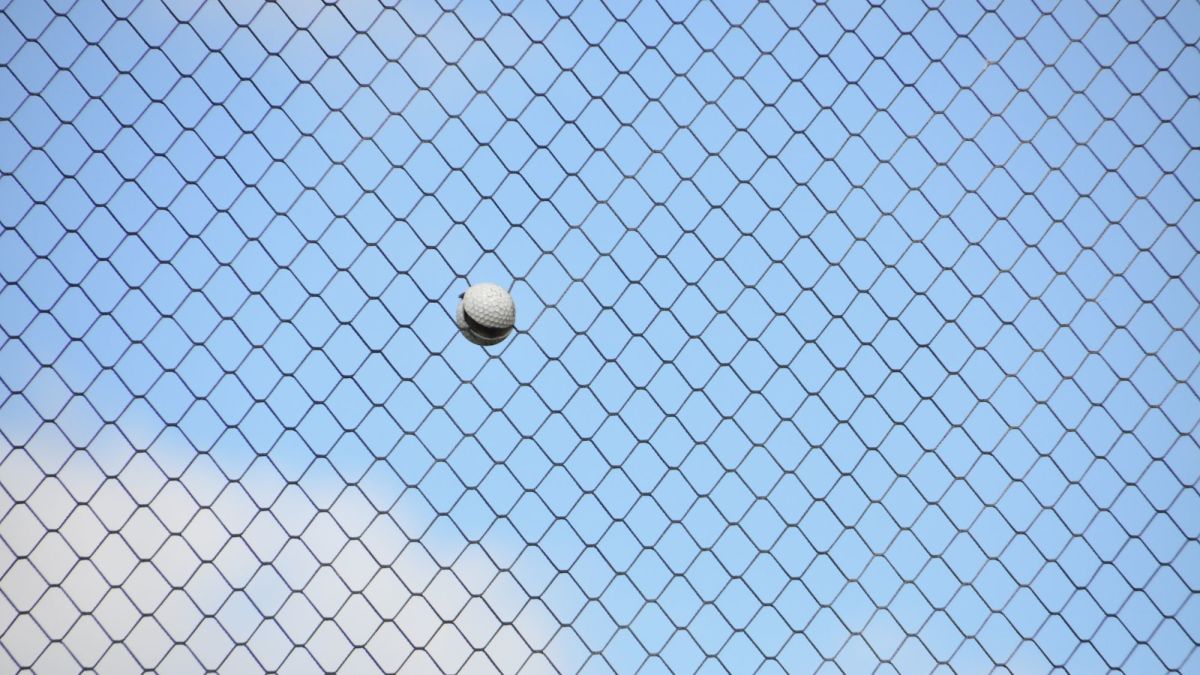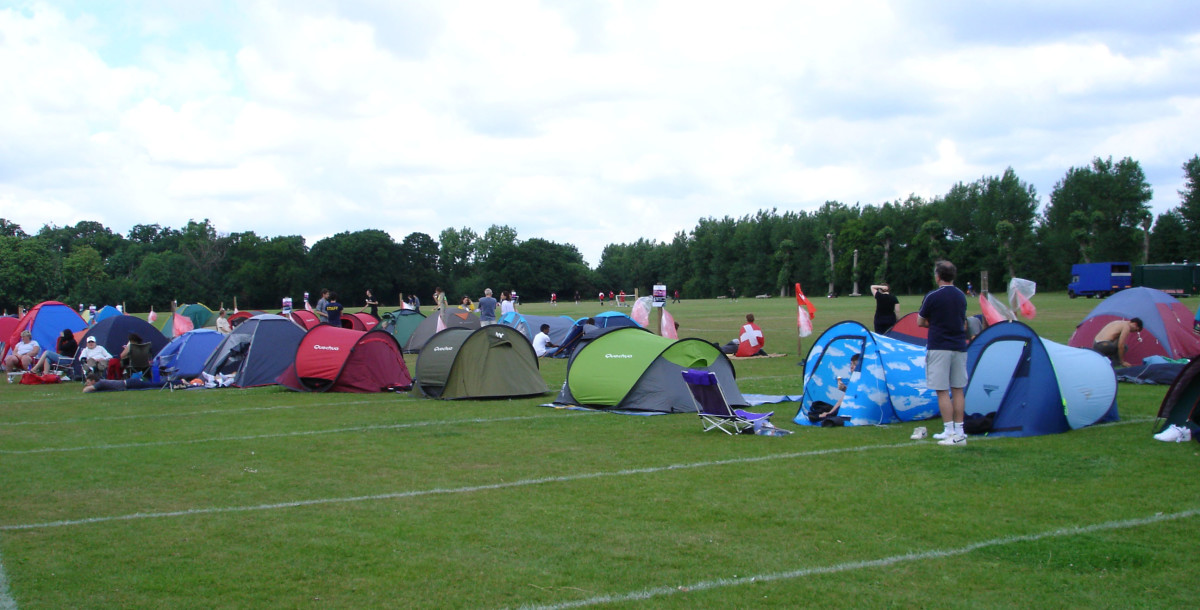Tennis - How to Serve
As you probably know, the serve is the most important part when it comes to tennis. You get 2 shots to make it into the correct box on the opposite side of the court, and put the pressure on your opponent with a skilled serve.
As your level of skill becomes higher, you will be able to "ace" your opponent by serving the ball in a location, and at a speed to where they are unable to touch it as it goes by.
While an ace is definitely a good thing, as long as you focus on making good serves to the opposite side of the court, you will be more likely to earn points when it is your turn to serve.
Get in Position
Plant your feet behind the baseline, hold your raquet out pointing it towards the net, and make sure that your shoulder is leading. Your shoulder should be facing the area in which you are aiming.
Also make sure that your grip on your raquet is tight so that it does not come out of your hand while you serve.



Serve the Ball
Next you will want to toss the tennis ball up in the air, and a few inches in front of your body as well. At the same time you will bring your raquet down and around your body in one fluid motion.
Once your raquet gets behind your head, you will then quickly hit the ball while it is still in front of you. Make sure that you snap your wrist while hitting the ball, which will allow the ball to go over the net, but within the first box on the opposite side of the court. Snapping your wrist is also called pronation, which is used in any type of serve.
When throwing the ball up in the air, make sure that you throw it high enough, giving you enough time to get your raquet behind your head. If the ball is thrown too low, you will most likely overshoot your target. If the ball is thrown behind you, you may also overshoot your target. Keep the ball up, and in front of your body.
If you don't like your toss, you can simply catch the ball and re-toss the ball again.
Don't try too hard to snap your wrist while hitting the ball, or else you could subject yourself to injury. It would be best to have an experienced tennis player, or coach watch you while you practice your serve.

Hitting a Flat Serve
First set your feet, and point your non-dominant shoulder towards the net, and the area in which you are aiming, while holding the raquet with a continental grip.
When you toss the ball out in front of you, bend your knees, and bring the raquet around your body and behind your head. Once the raquet is behind your head, you will want to swing the raquet in a way that reduces wind resistance and increases acceleration. Swing that raquet as if you were cutting through the air with a sword, and hit the ball square on with the raquet, while turning your shoulders to add more power to the serve.
Hitting a Slice Serve
First, set your feet, and point your non-dominant shoulder towards the net, and the area in which you are aiming, while holding the raquet with a continental grip.
Toss the ball out in front of you, bend your knees, and bring your raquet around your body and behind your head. Once the raquet is behind your head, you will want to slice the side of the ball with your raquet. Hit the outside of the ball with your swing, around, and almost underneath. Keep your arm straight and follow through with your swing.
If you are right handed and you slice the ball correctly, the ball should curve to the left.
Don't cut too much underneath the ball when you serve, or it will decrease the power of your serve.
Hitting a Kick Serve
First, set your feet and point your non-dominant shoulder towards the net, and the area in which you are aiming, while holding the raquet with a continental grip.
Toss the ball out in front of you, and a little more over your head than usual, while keeping your knees bent. Bring the raquet around your body, and once it gets behind your head, you will want to slice the back portion of the ball and up. Keep your arm straight and follow through. Your arm should swing out a bit more than if you were hitting a slice.
If you hit the ball correctly, the ball should curve down and into the box on the opposite side of the net.









